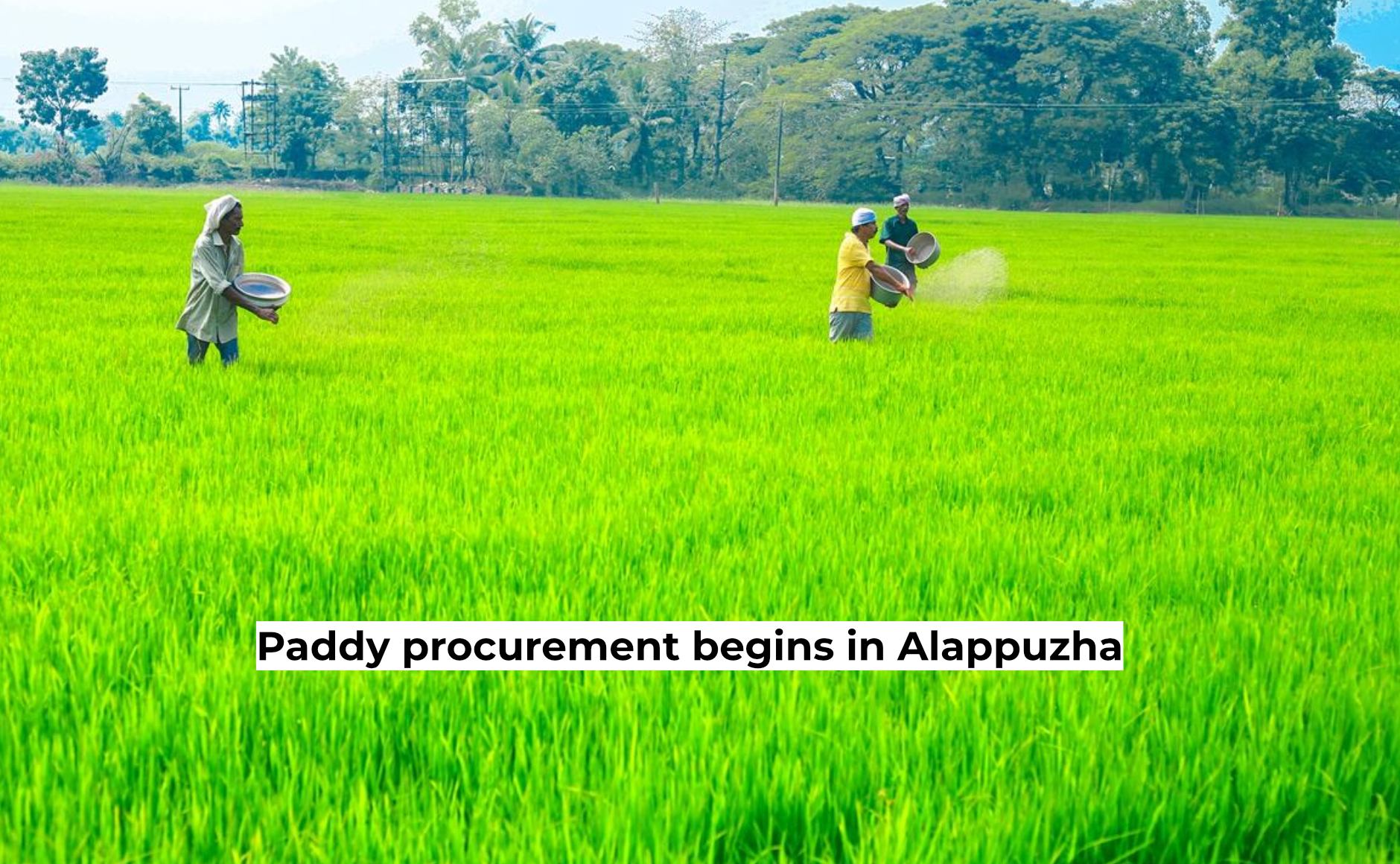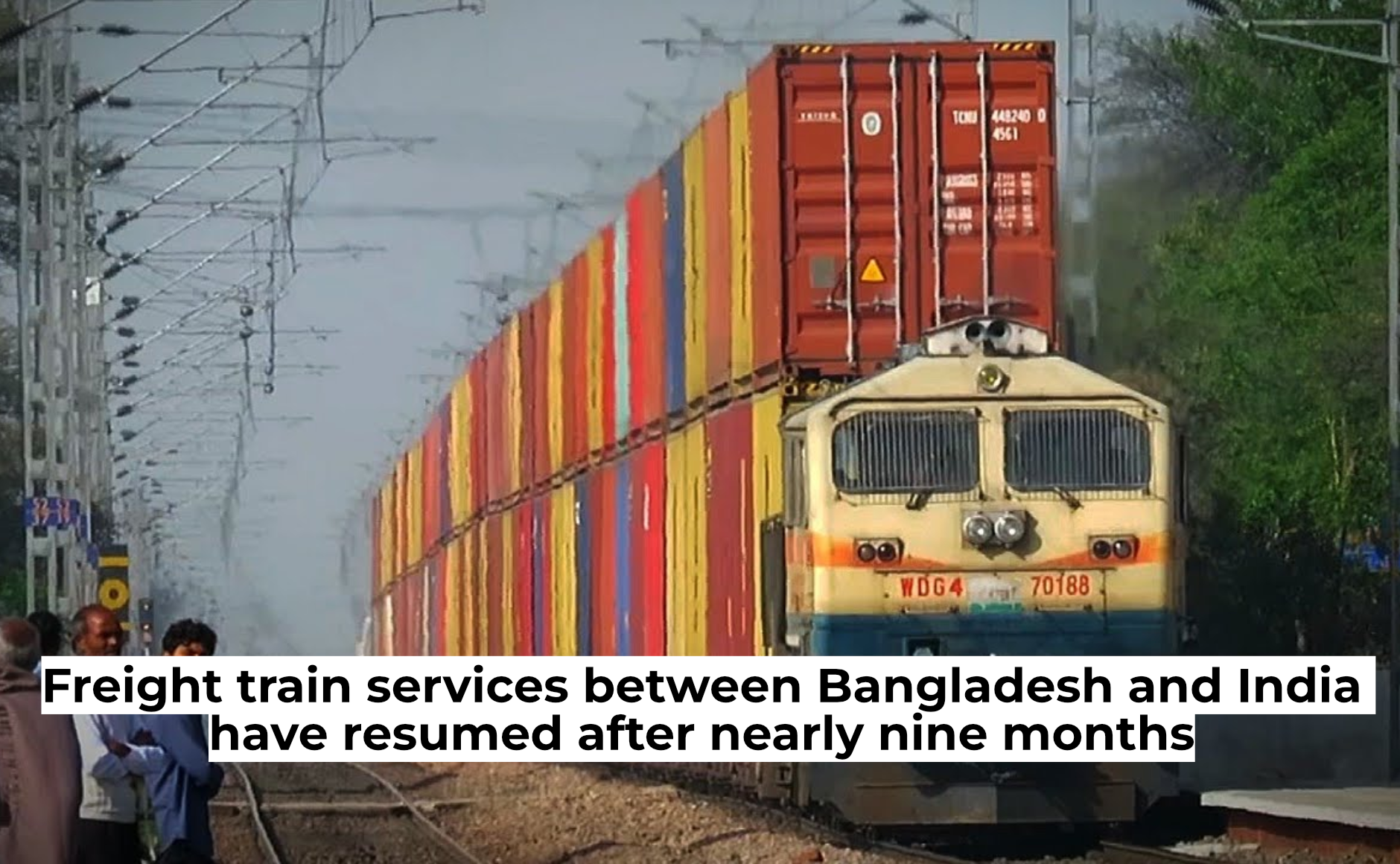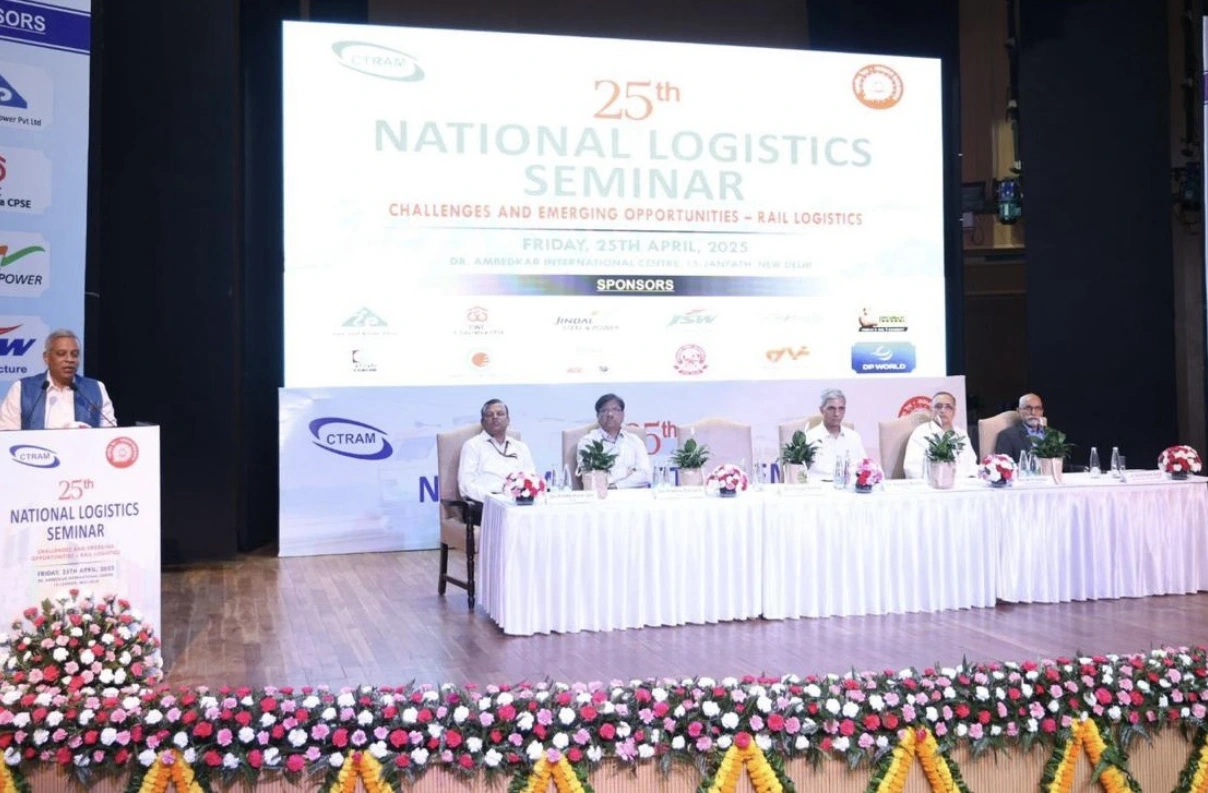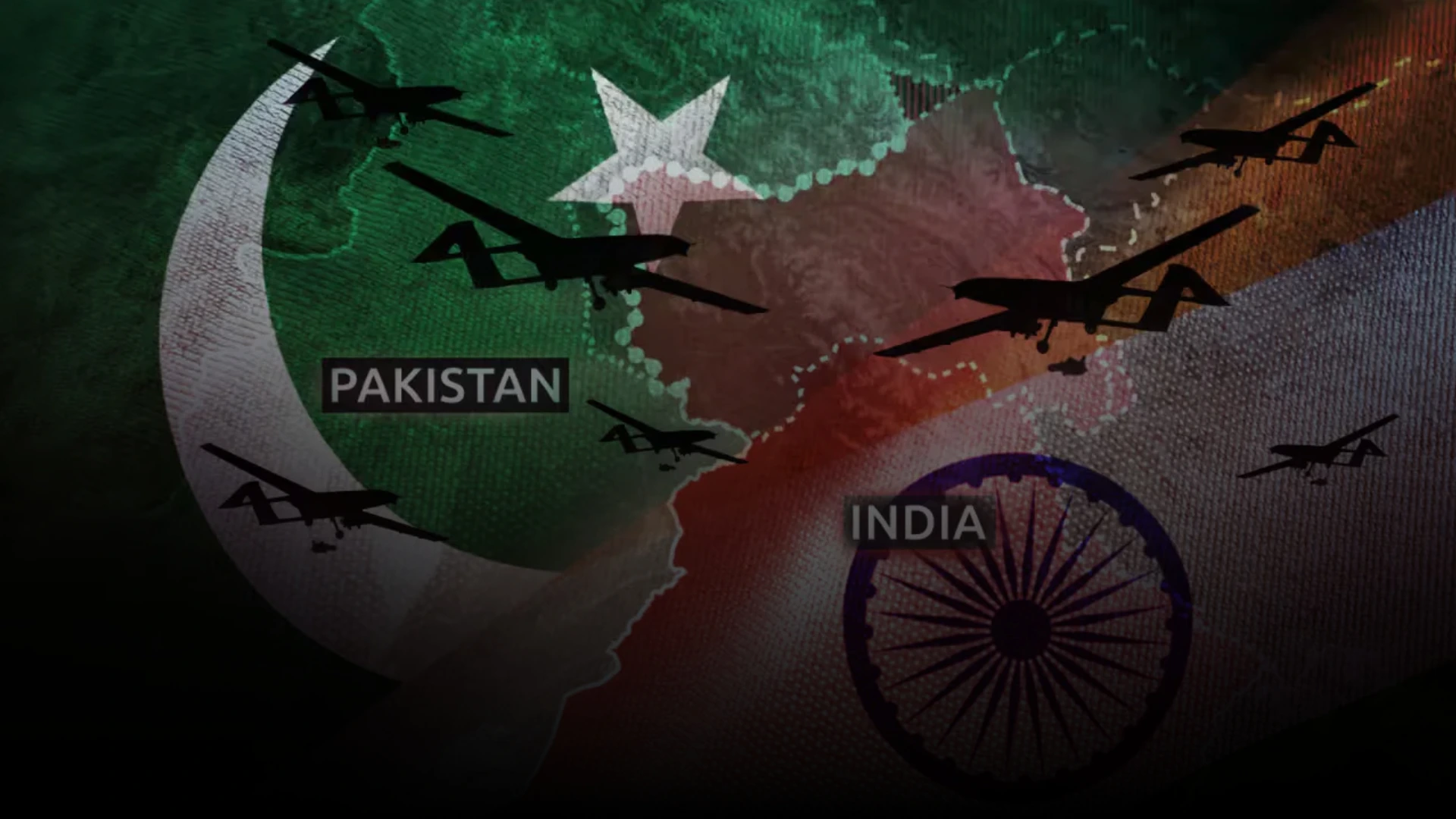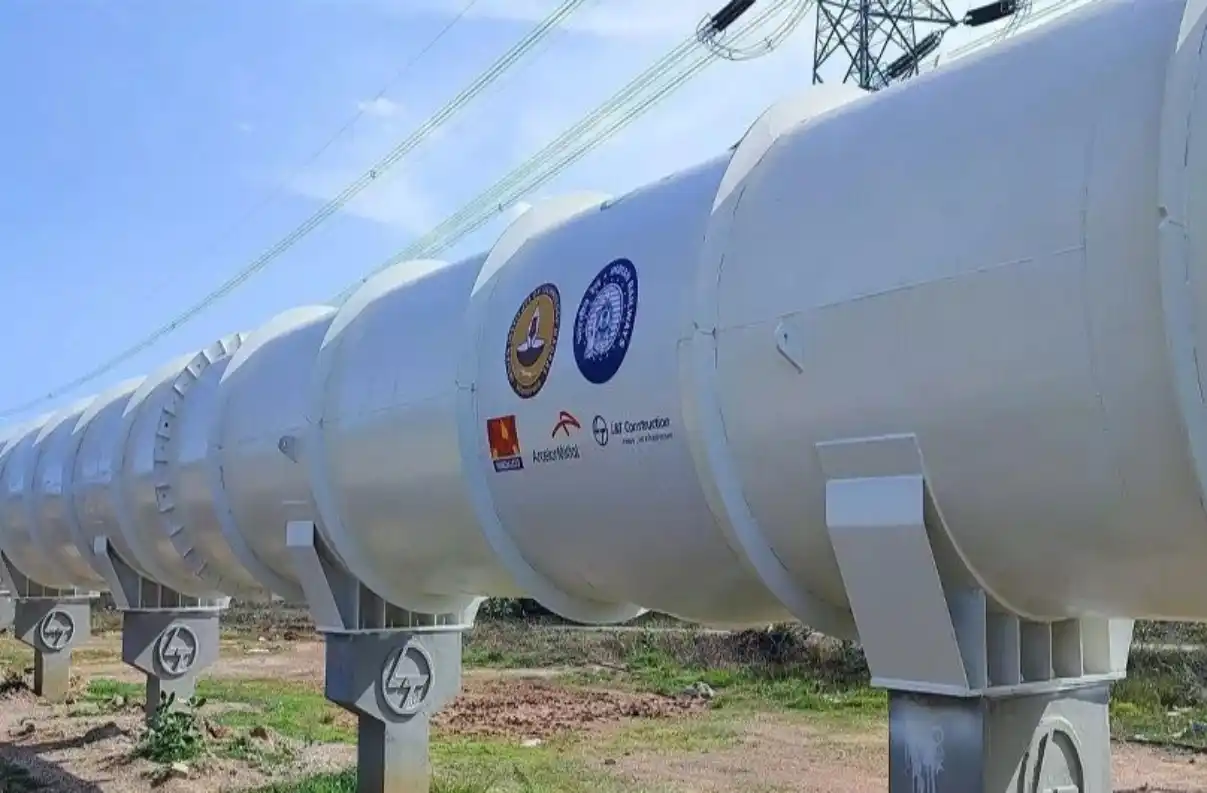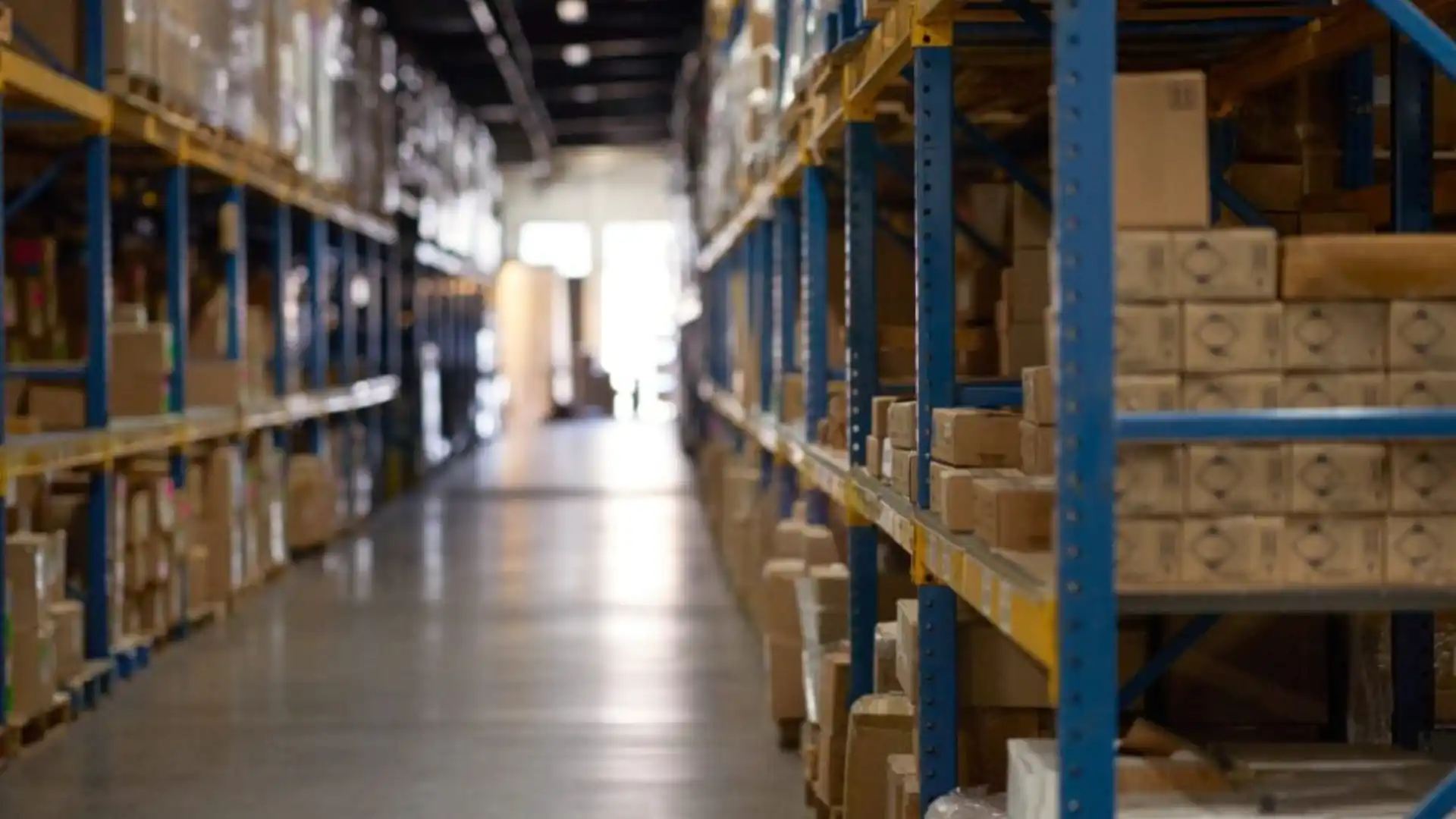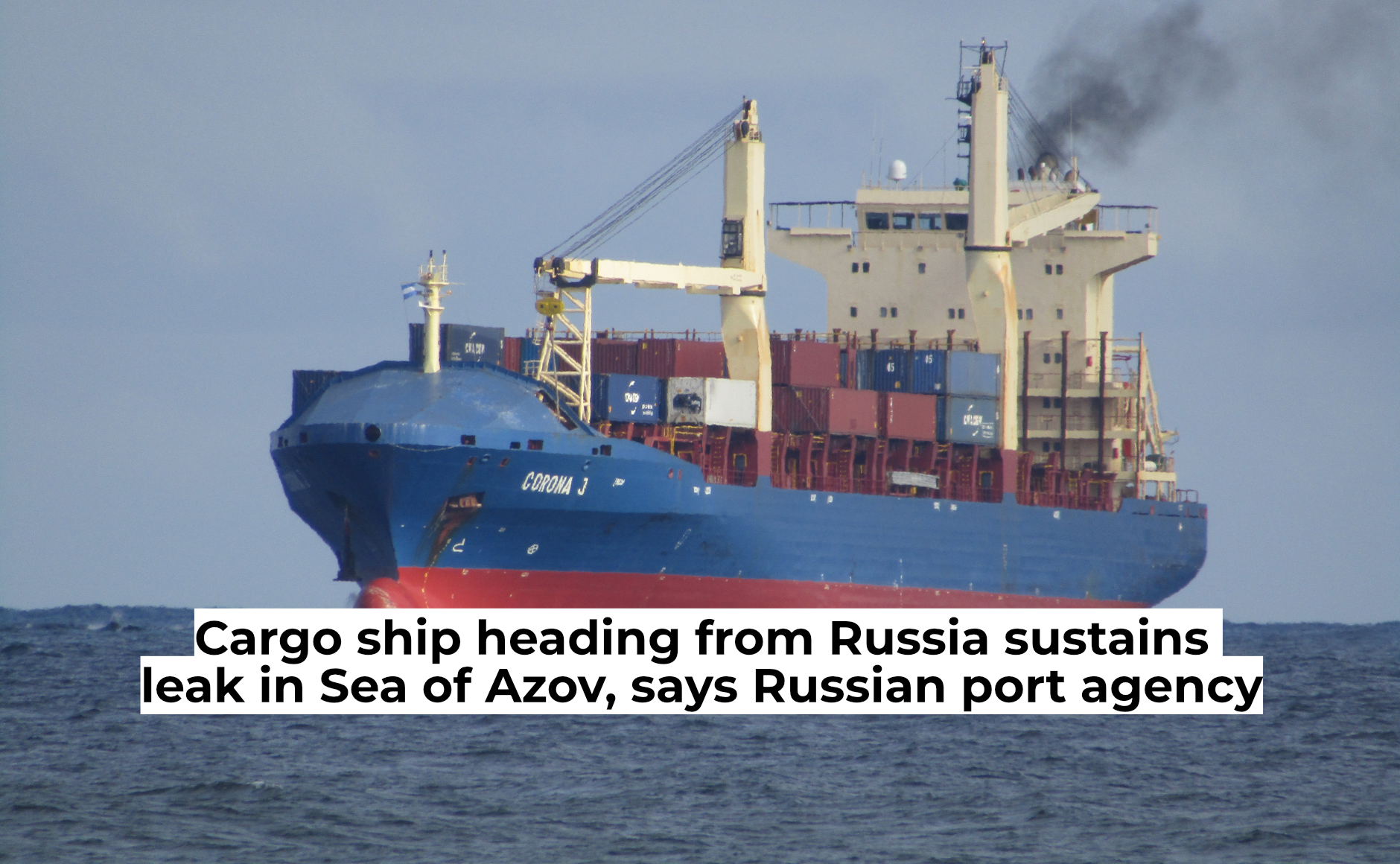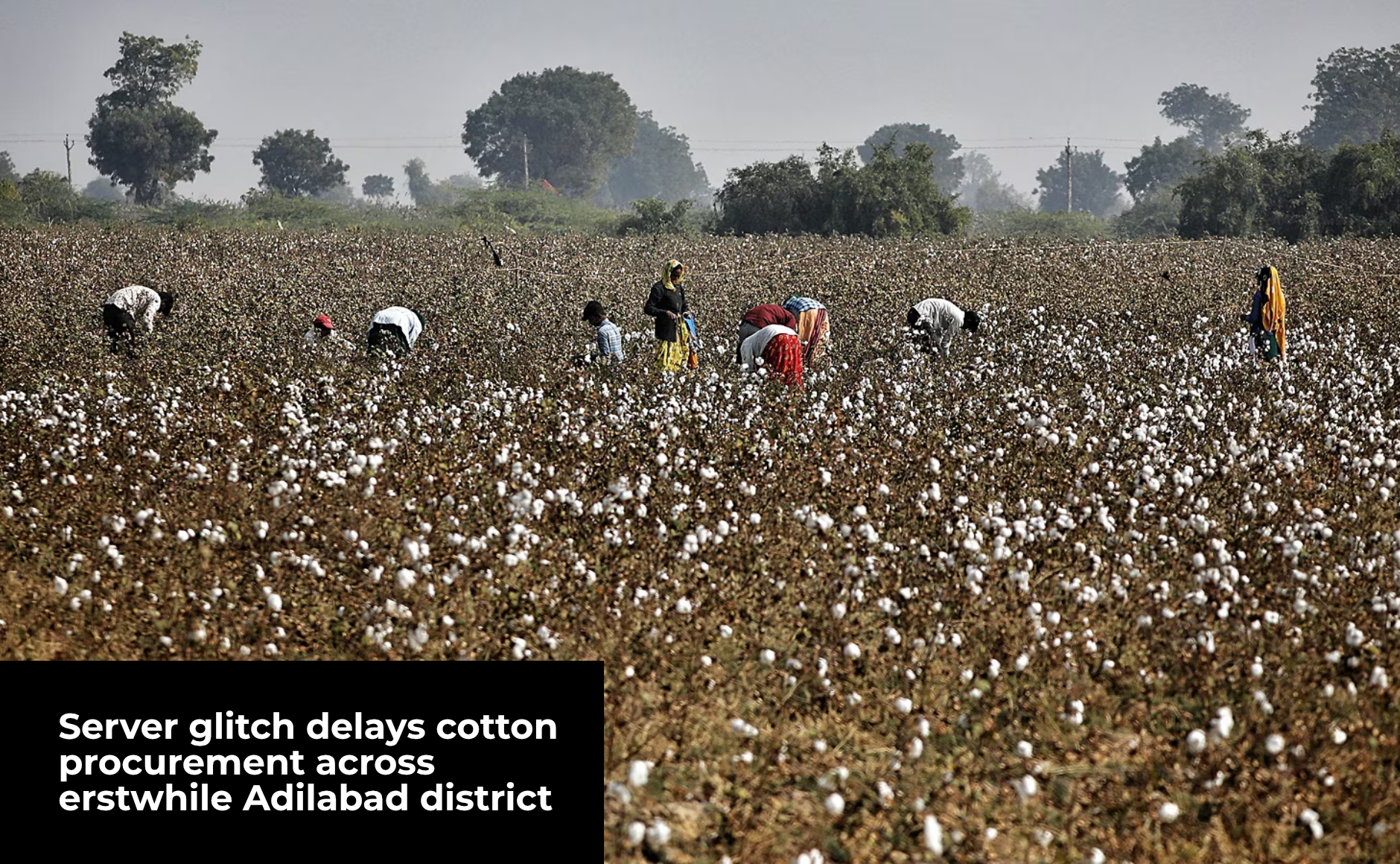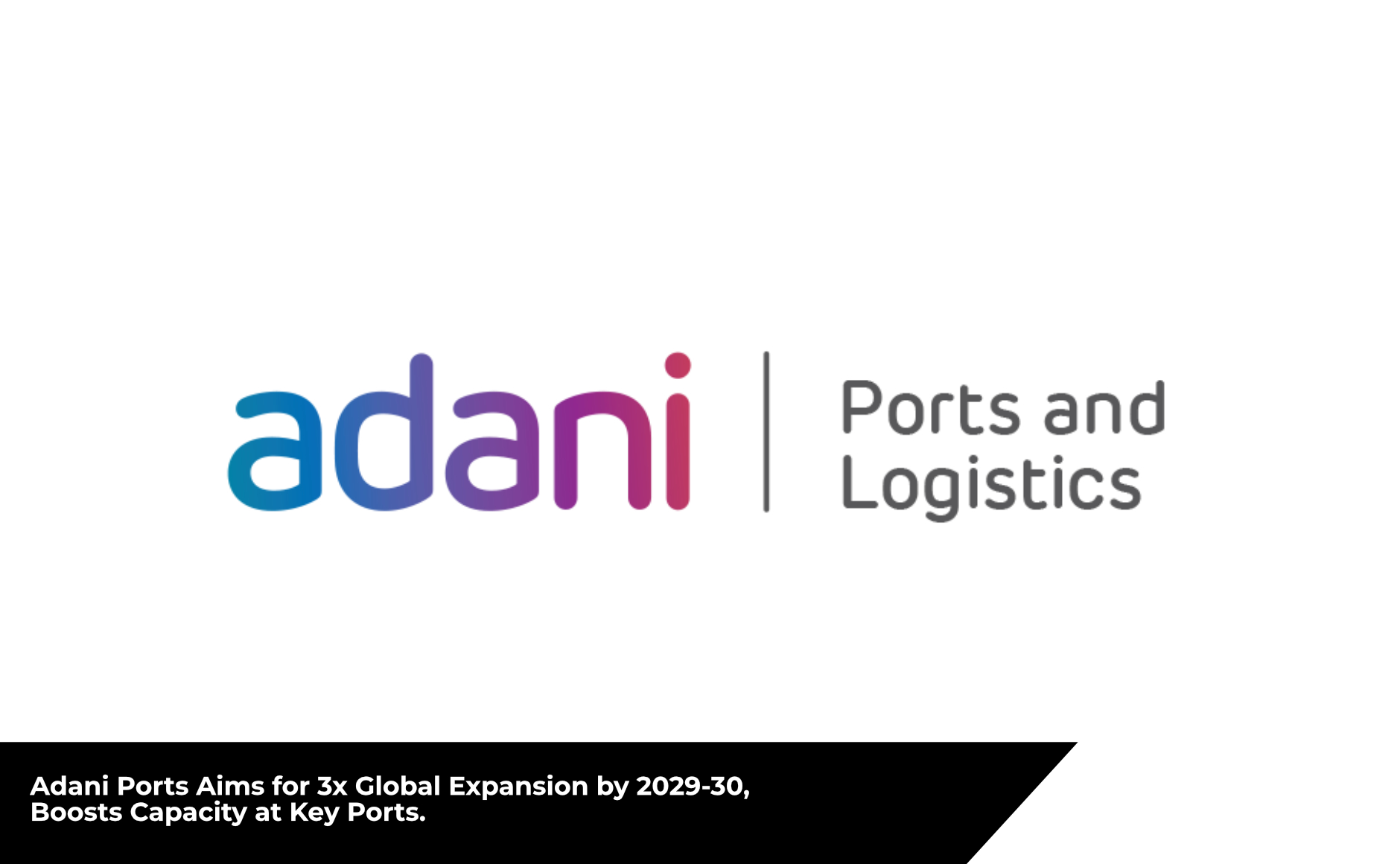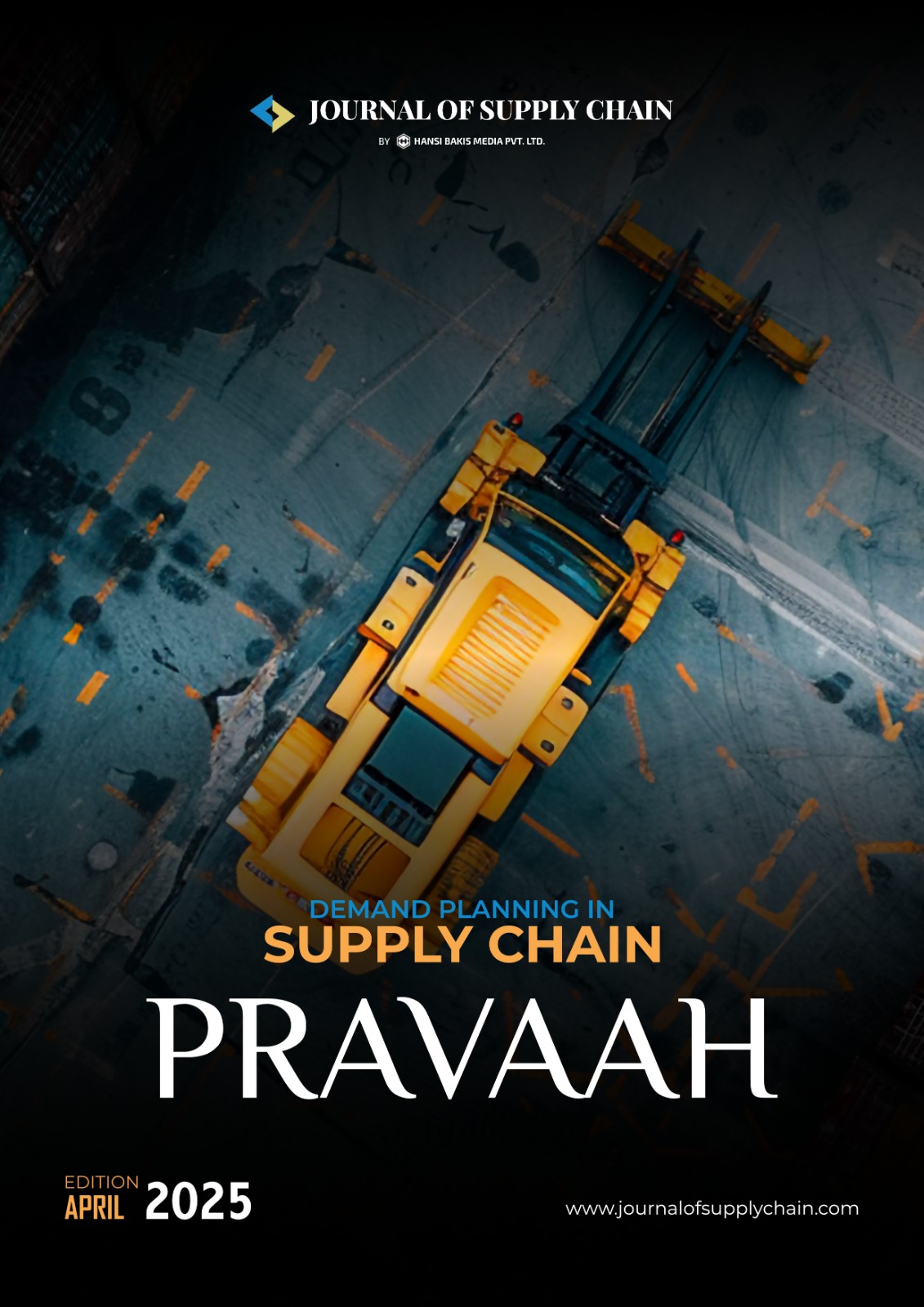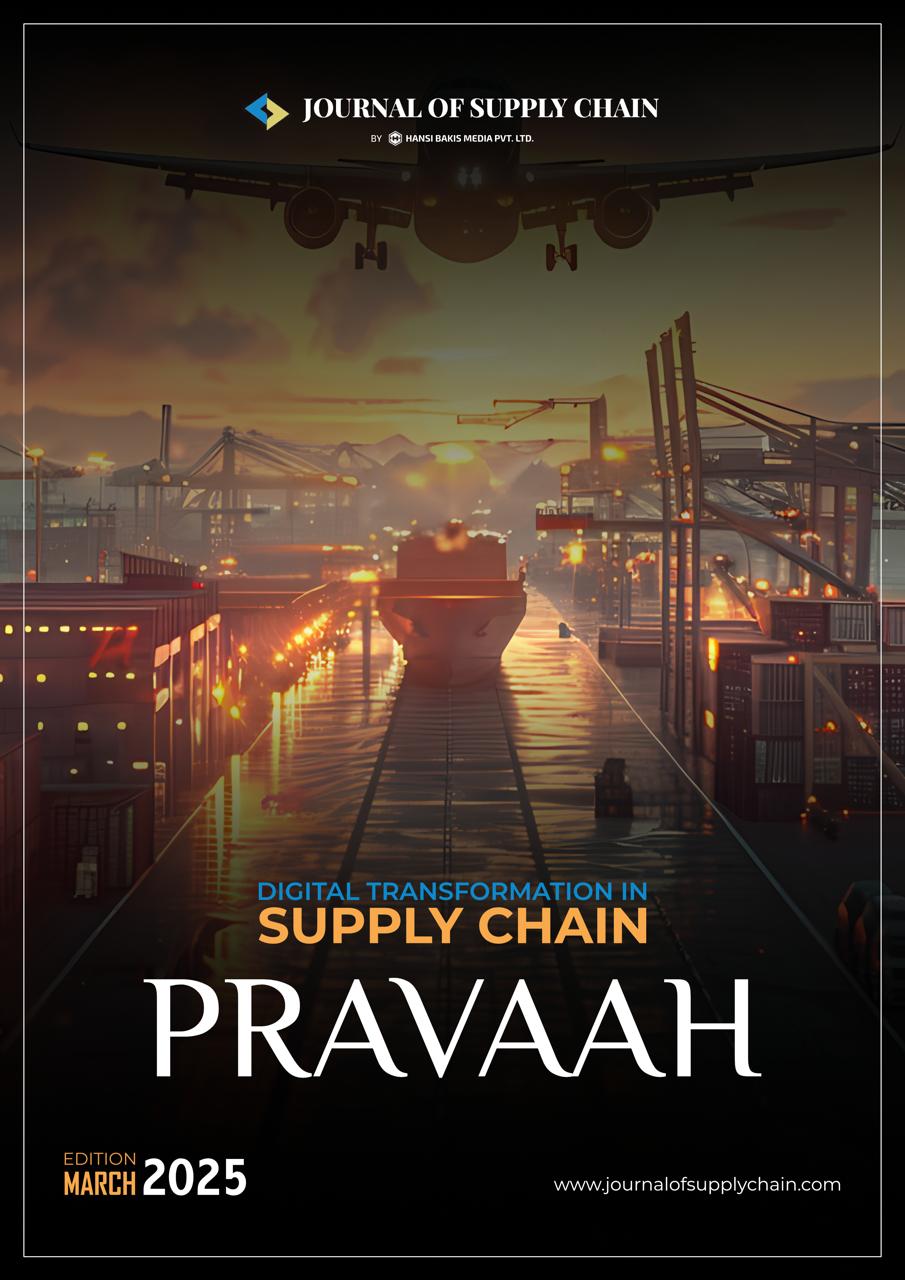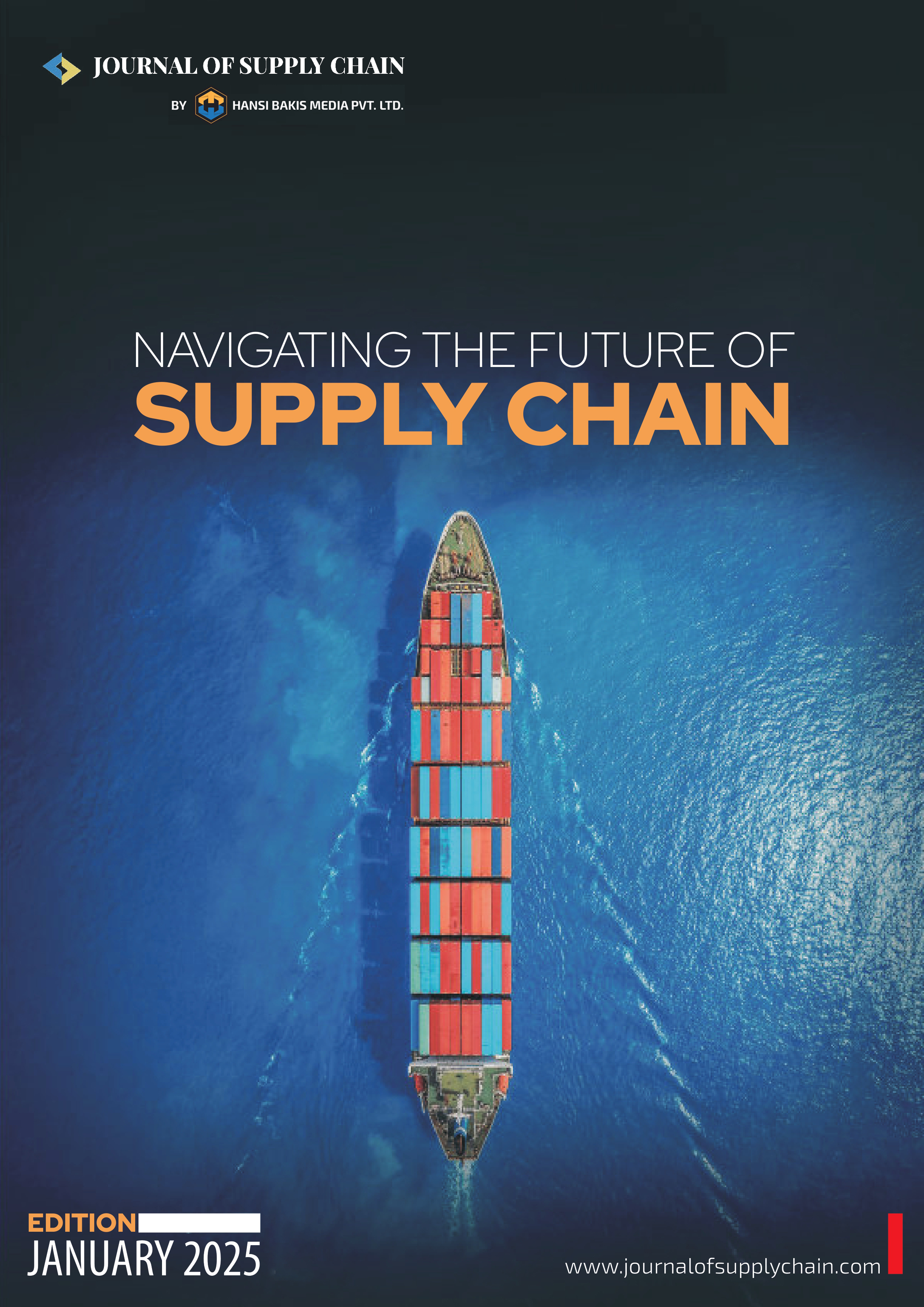Article
The Dark Side of the Supply Chain Industry
 Anamika Mishra
[Sub Editor]
Anamika Mishra
[Sub Editor]

The suppy chain industry is the backbone of global commerce. It orchestrates, coordinates and manages the movement and supplies goods from the manufacturers to the consumers. However, although this industry plays a very important role in ensuring that products are available at the right time and place, it has various challenges and ethical dilemmas. This essay discusses the dark sides of the supply chain. It shows attention to the exploitation of laborers, environmental deterioration, lack of transparency, and globalization impacts. Overview of the Supply Chain IndustryThe supply chain industry is all about the activities involved in producing and distributing a product, procured from supplies, made, transported, and stored in the warehouses. In 2022, the global supply chain management market size was nearly $15.85 billion and is expected to continue to surge steadily as the trend of globalization and e-commerce continues to escalate (Statista, 2023). However, this growth comes at a cost that needs humans to focus on. 1. Labour Exploitation A. Bad safety environment There is rampant wage and working condition exploitation within the supply chain particularly in countries that provide cheap labor where the law appears relatively weak or badly implemented. The working conditions found within a manufacturing facility contain poor safety environmental conditions. For instance, according to ILO report 2021, nearly 50% of some industries' employees said that their working environment is compromised hence they suffer several injuries. Poor ventilation connected with the presence of toxic chemicals in industries like textiles and electronics will lead to serious health problems over time. B. Low Wages and Benefits Lower wages below the living wage has been reported to be the problem in several supply chains in many countries. Example: garment workers are reportedly being paid only $3 per day. They work long hours in Bangladesh and Vietnam. The ILO's Global Wage Report (2020) indicates that nearly 30% of the garment workers do not have any kind of social security or health benefits. This economic weakness places workers in a position where they cannot overcome their poverty cycle and further leads to exploitation. Child Labour and Forced Labour Child labour and forced labor are the most common issues that prevail in some supply chains, including agriculture and mining. The United Nations has estimated that approximately 160 million children across the world are engaged with child labor, and many of these laborers are working in industries connected to supply chains. The U.S. Department of State has also been reported by its Trafficking in Persons Report (2022) that vulnerable sectors, for example, agriculture and textiles sectors are being faced with instances of forced labor. These problems tend to surface in areas characterized by widespread poverty, where the earnings of the latter have become a supplementary source of income for their respective families. 2. Environmental Impact A. Carbon Emissions Supply chains are one of the major sources of greenhouse gas emissions worldwide. The
The only supply chain registration you need
Unrivaled context behind every news and article for free.

 Anamika Mishra
Anamika Mishra 

